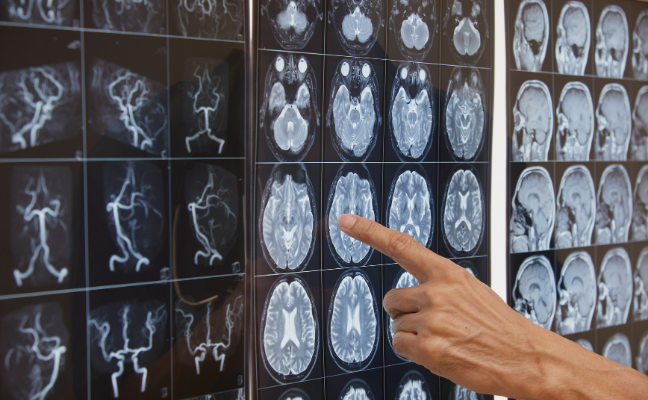Home / Healthcare & Medicine / Dementia / Understanding Brain Health: Preventing Dementia / How Do We Investigate the Health of the Brain?
This article is from the free online
Understanding Brain Health: Preventing Dementia


Reach your personal and professional goals
Unlock access to hundreds of expert online courses and degrees from top universities and educators to gain accredited qualifications and professional CV-building certificates.
Join over 18 million learners to launch, switch or build upon your career, all at your own pace, across a wide range of topic areas.


 An MRI scanner (A) uses powerful magnets to generate images of the brain structure (B)
An MRI scanner (A) uses powerful magnets to generate images of the brain structure (B) The cerebrospinal fluid which surrounds the brain and spinal cord (A) can be sampled by performing a lumbar puncture (B)
The cerebrospinal fluid which surrounds the brain and spinal cord (A) can be sampled by performing a lumbar puncture (B)





